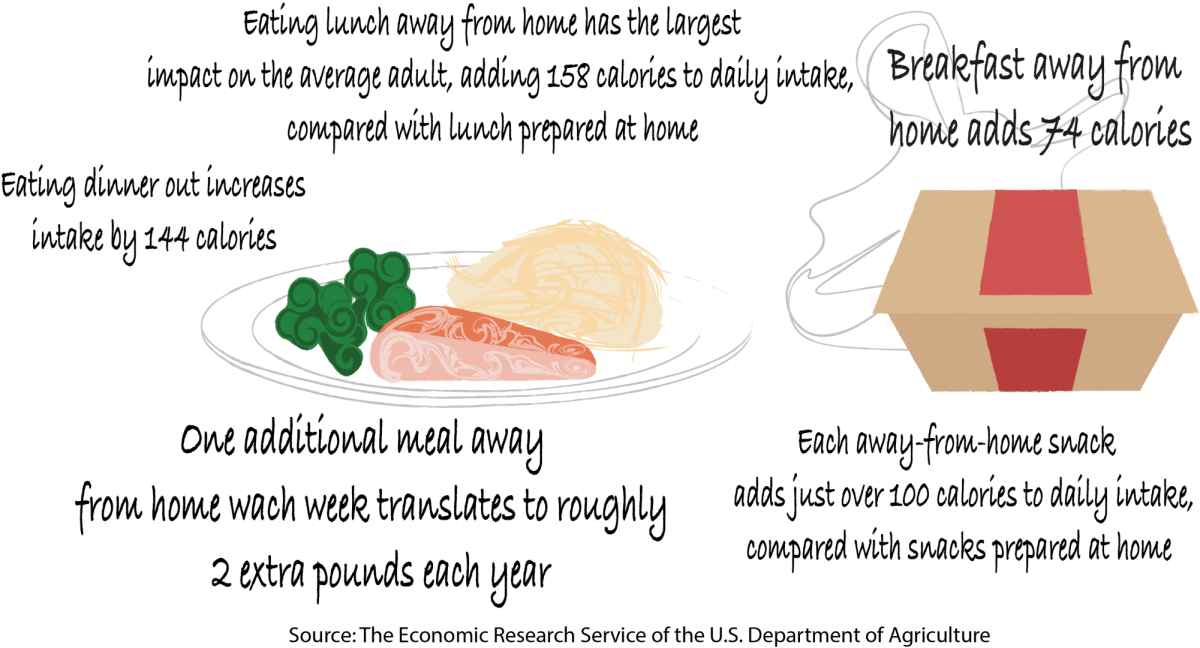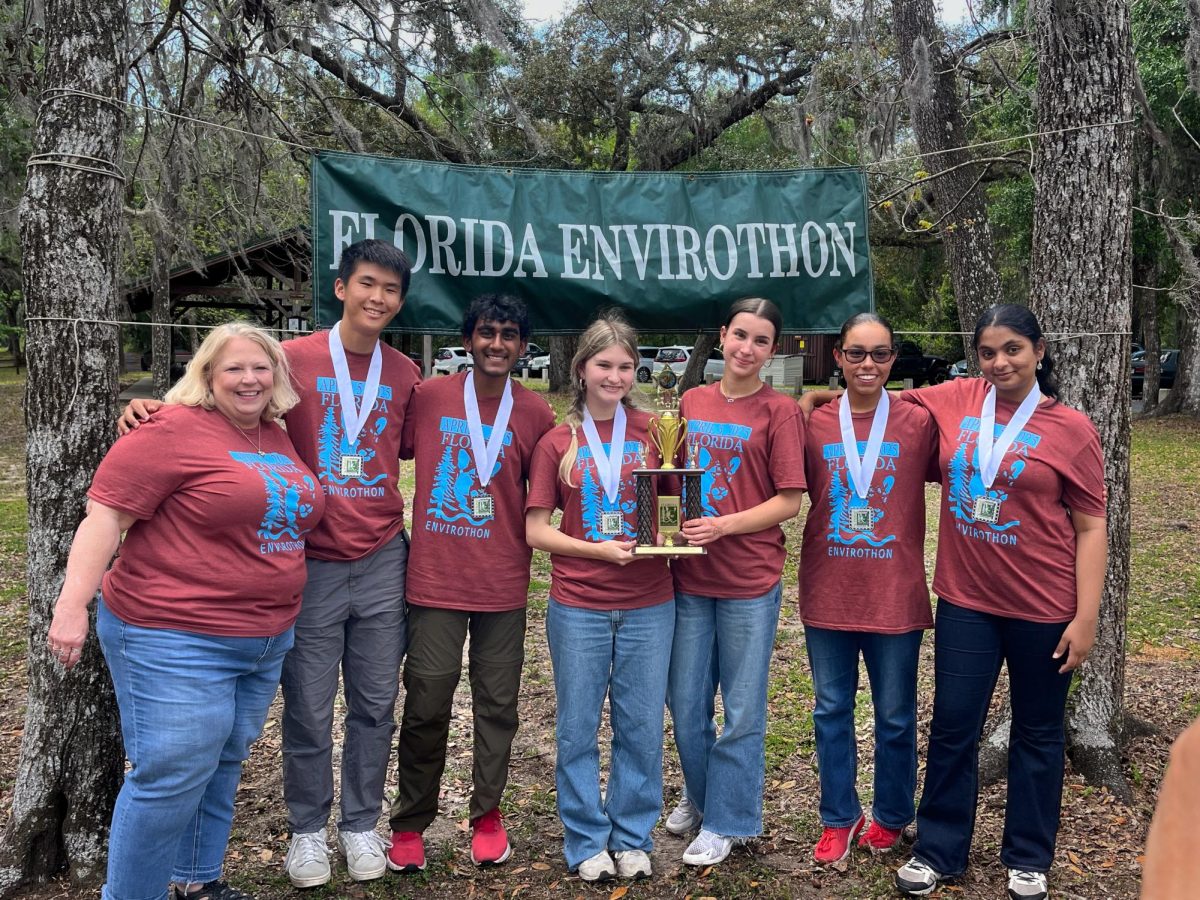When most people think of the leading causes of death in the United States, cancer, COVID-19 and accidents are some of the most common answers. However, the most fatal of them all is also the most avoidable: heart disease. According to the Centers for Disease Control and Prevention, heart disease claimed the lives of just under 700,000 Americans in 2021. While cancer and unintentional injuries are not preventable, the World Health Organization holds that 80% of premature heart attacks and strokes are avoidable. A key to prevention is a healthy diet, which most Americans struggle with.
Stereotypes about Americans being unhealthy typically derive from overly large portion sizes, caloric-dense meals and cultural trends. However, America’s poor dietary habits are not only a preference issue, but also an economic issue.
The cost of upholding a healthy diet is currently at an all-time high, as unhealthy foods are significantly cheaper than healthy foods. The price of a McDonald’s hamburger is $1.79 and is available in under 5 minutes. Low prices and convenience lead consumers to enjoy their meals quickly and on the go, however, it also turns them away from spending time preparing, buying, cooking and finally being able to enjoy a meal.
One reason that healthy foods are more costly is because of government taxes placed on certain fresh produce. According to a report by the USDA on food taxes, “grocery taxes encourage households to consume more of their meals and snacks away from home, [and] may have unintended implications for consumers’ caloric intake and overall diet quality.” If families are more inclined to eat out rather than prepare meals at home, then unhealthy eating habits will form.
Health and Wellness teacher Dee Starling understands why keeping healthy eating habits is difficult, especially with such easy access to fast food.
“Fast food has gotten way too handy,” Starling said. “You can’t go half a mile without running into a drive-through.”
While consumers may be able to get a meal for cheaper, they aren’t getting the cleanest source of nutrition. Before the ingredients arrive at fast-food restaurants, preservatives and chemicals are added to several foods to preserve shelf life and freshness.
Spanish teacher Malika Omawale has been a certified Health coach since 2016. Her philosophy on diet relies on the science behind healthy nutrition.
“Food is literally information for your cells, so if you’re putting in junk, your body is going to break down,” Omawale said.
One of the most commonly found preservatives in unhealthy foods is sodium benzoate, which increases a consumer’s risk of inflammation, obesity, allergies and ADHD. However, not all harmful chemicals are easily recognizable.
In a 2021 study published by the National Library of Medicine, Phthalates, which are minuscule chemicals in plastic items, often lead to a “disrupted arginine and proline metabolism, resulting in the development of overweight and obesity among school-age children.” Commonly found in water bottles, fast foods, cooking oils and poultry, Phthalates are only one of many dangerous chemicals consumed by thousands every day. Although occurring worldwide, chemical issues in food in the United States are much more common as a result of looser restrictions, according to Omawale.
“The Food and Drug Administration allows [many ingredients] that are not allowed in other countries,” Omawale said.
Although against public opinion, traditional, sit-down restaurants are just as unhealthy due to large portions. A report by the Journal of the American Academy of Nutrition and Dietetics found that non-chain restaurants for cultural cuisines like Italian, American and Chinese had an average caloric intake of 1,495 per meal. If consumers are eating about 75% of the recommended calories for a single day in one meal then it leaves no space for healthy eating habits.
There seems to be no way to avoid these unhealthy foods with a busy life, but preparation can make a difference in healthy eating habits. By planning meals and gathering fresh produce, Starling believes anyone can remain healthy.
“Establish your budget ahead of time and plan your meals according to the budget if you’re going to buy fresh fruits and vegetables, it will make a difference,” Starling said.













